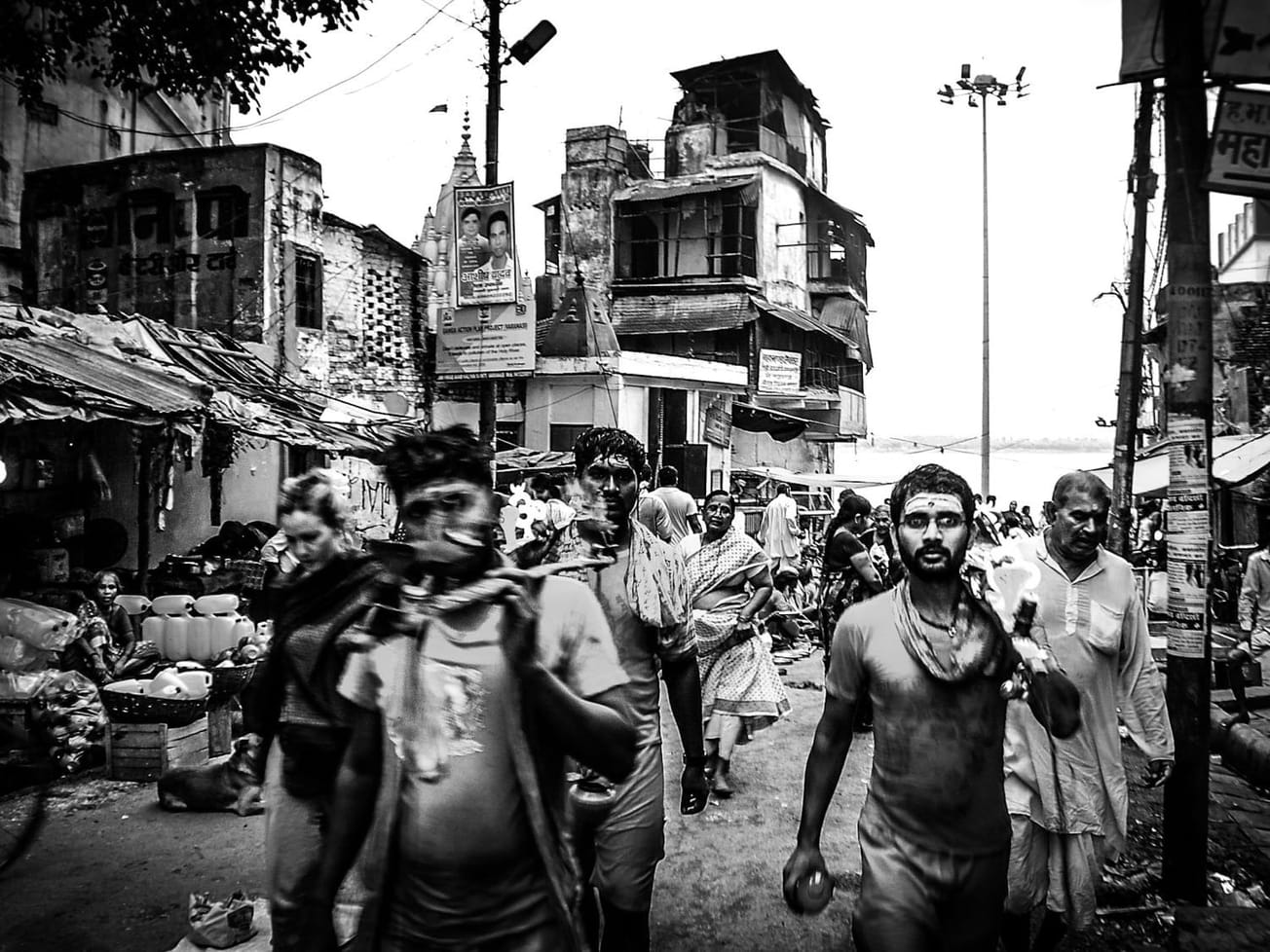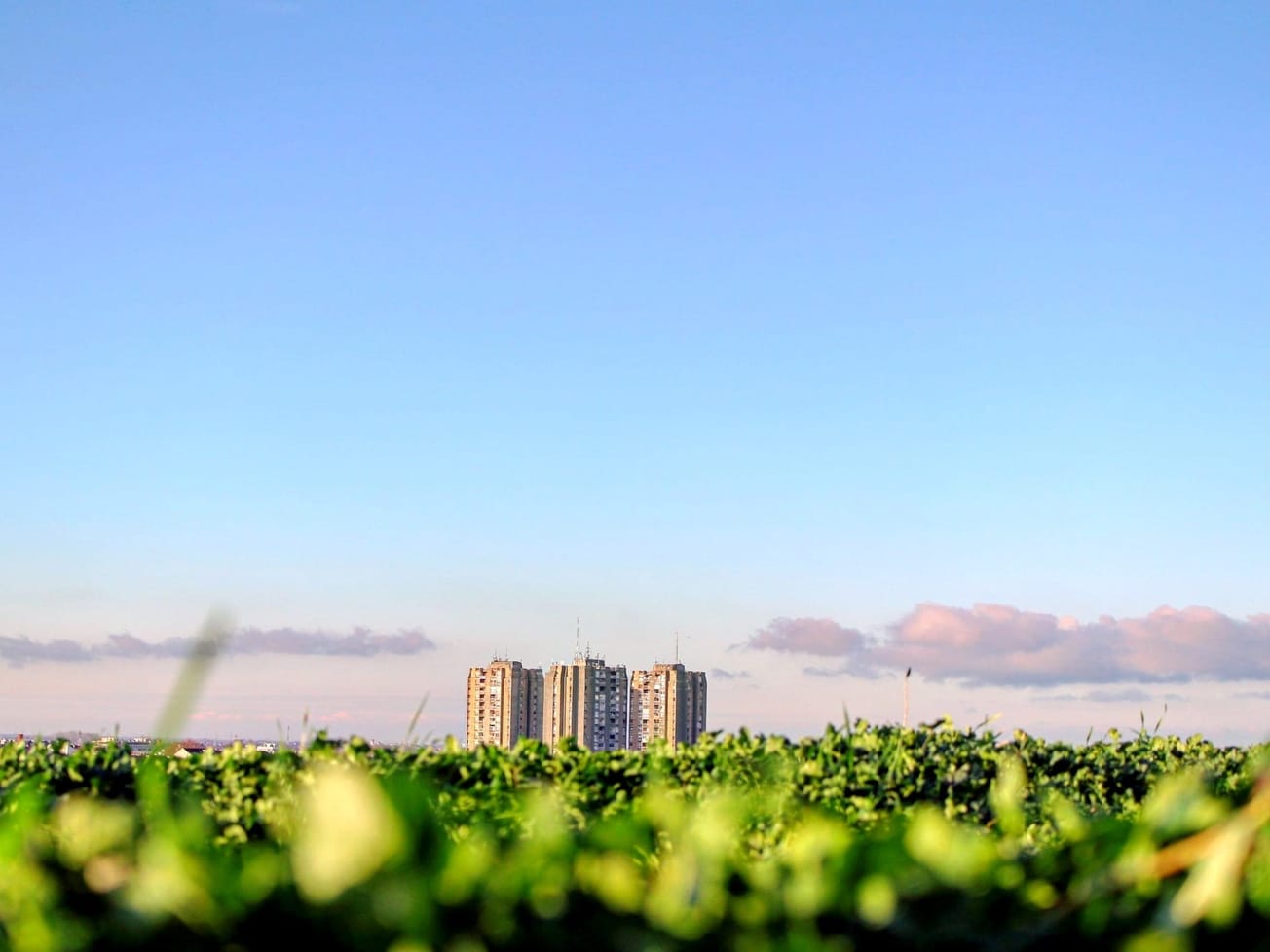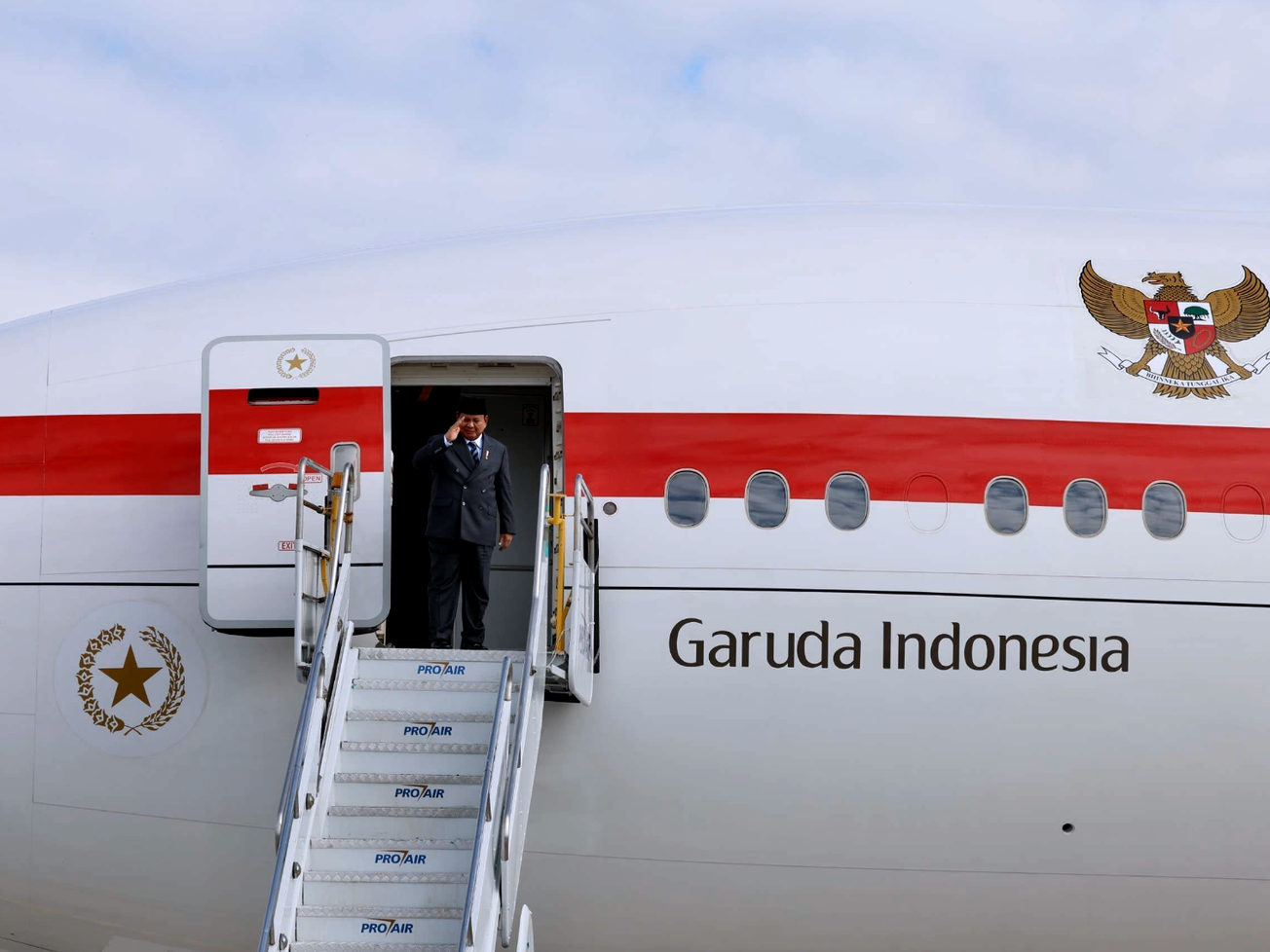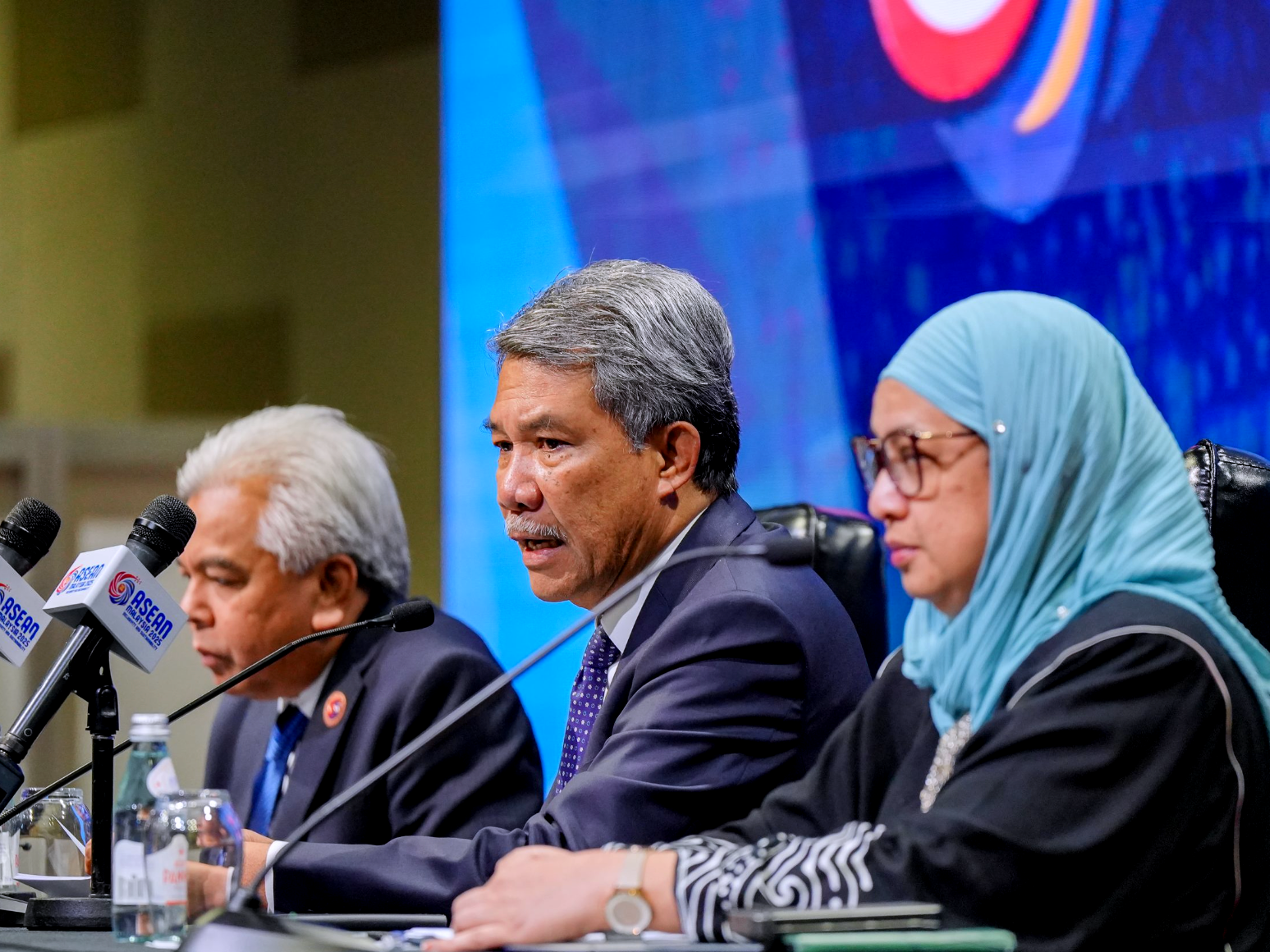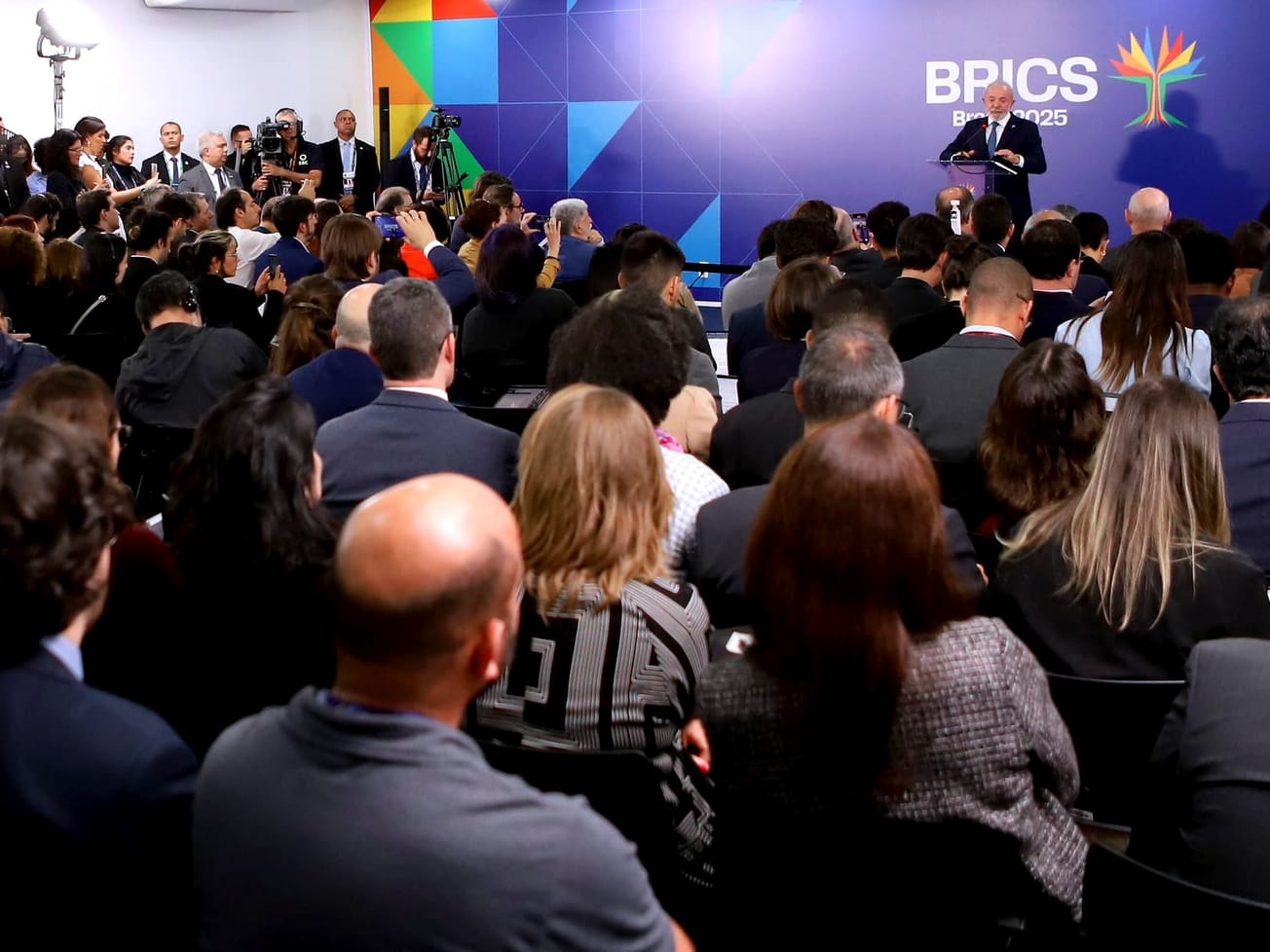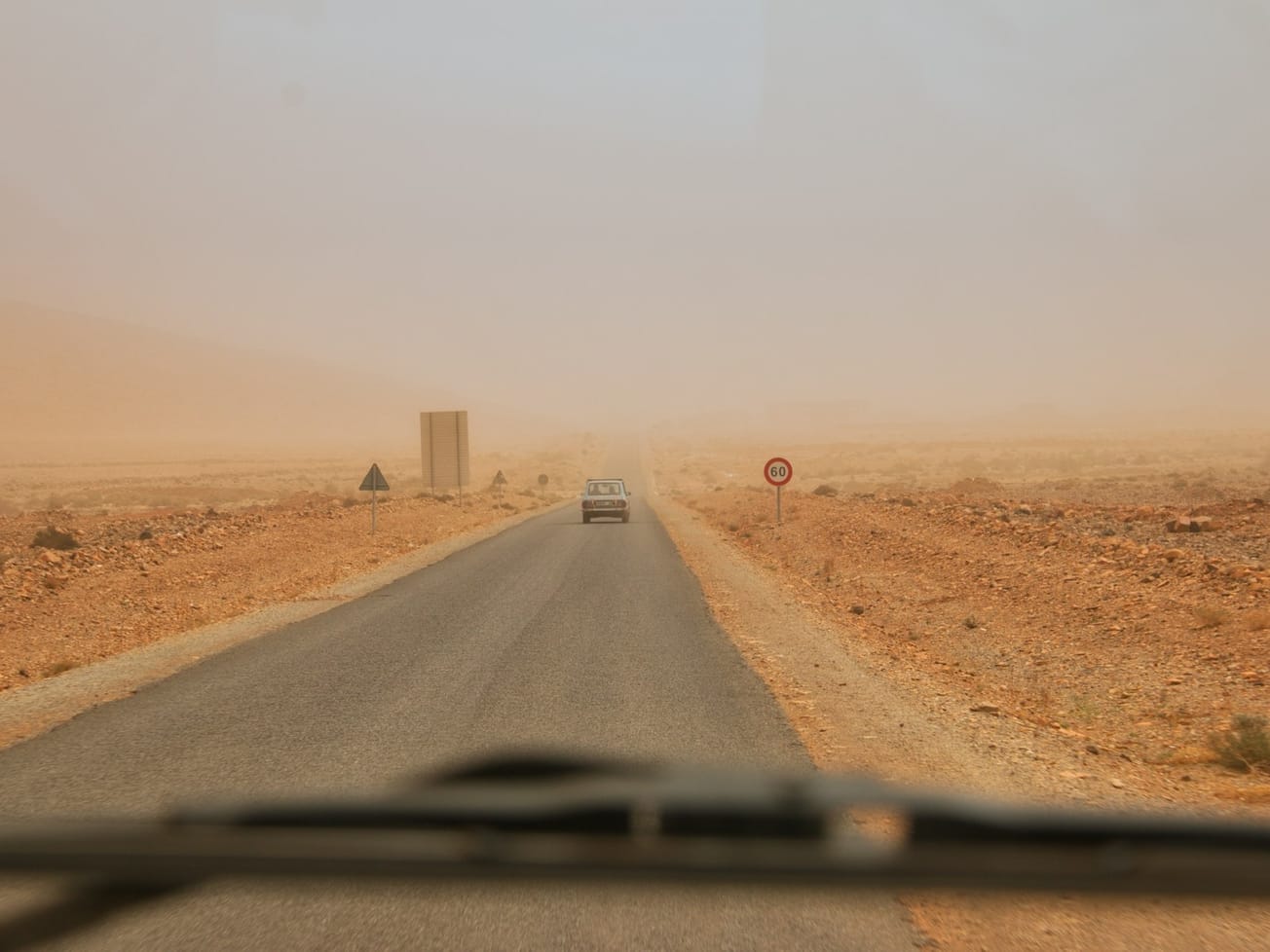WASHINGTON (AN) — For the poorest of the poor, things are about to get even worse before they get better.
Already under the hammer of the pandemic, climate change, escalating commodity and energy costs, food insecurity, ballooning interest payments and, in many places, civil unrest, the state of the global economy offers only more bleak news for the developing world, according to the World Bank’s latest update.

